Overclocking
When we tested the Hero, the latest BIOS was version 503, but that turned out to be pretty good at overclocking our Core i7-8700K. We managed to hit 5GHz using a vcore of 1.25V, which was less than the MSI Z370 Gaming Pro Carbon AC, and it didn't need any loadline calibration like Gigabyte's boards either.
The current EFI and software package Asus provides have been covered in depth on a previous board review, which you can see here.

Performance Analysis
Performance numbers are more a problem-finding exercise these days with so little difference in results outside of storage, audio, and overclocking. Rendering and other content creation benchmarks were all very similar to the rest of the field, and even when overclocked there weren't any stand-out results here as we've come to expect.
The M.2 heatsink may have had a hand in offering up the best M.2 results we've seen yet, though, with the Hero over 70MB/s faster than the slowest write speed on test, and it was also the first Z370 board to crack 3,400MB/sec too, although neither of these results you'd notice in the real world. It's also worth mentioning that you'll need to flip a switch in the EFI to get the second M.2 slot running at x4 speed - for some reason, it's set to x2 speed by default in the EFI, or at least the one we tested with.
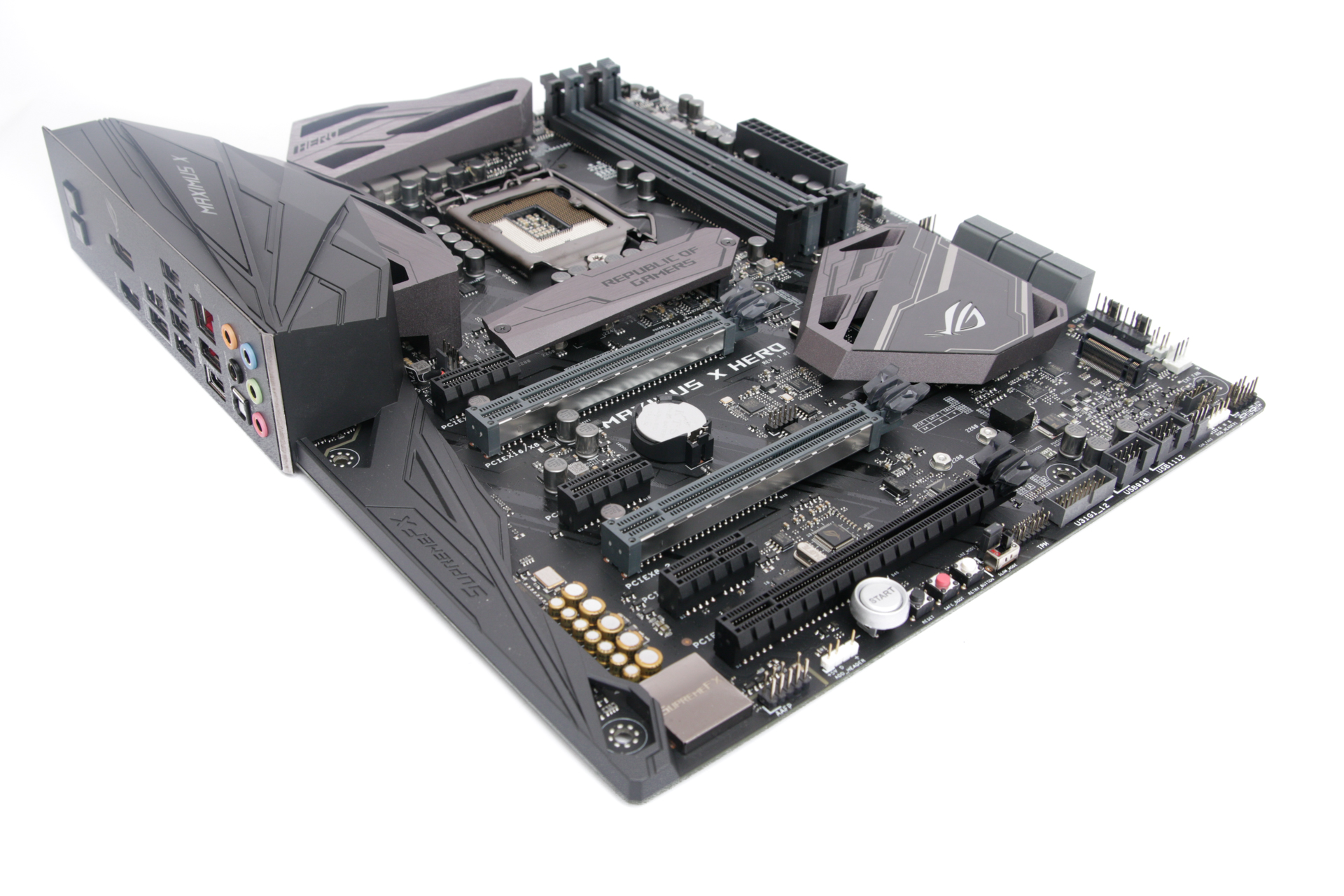
Conclusion
There are several reasons why you might consider the Hero over not just cheaper boards in Asus' Z370 range but other boards in general. The rear I/O cover is fantastic addition that not only saves your fingers compared to dealing with a loose I/O shield but also makes your PC looks great from any angle too. The M.2 heatsink is also one of the better ones we've tested, although it would be even better if it was in a less crowded location. You also get the high-amp pump header, thermal probes, and water flow rate header as well as all the overclocking and testing paraphernalia - all missing on its cheaper boards - plus solid overclocking too.
However, there are some reasons to consider something like the ROG Strix Z370-E Gaming and save yourself some cash. The latter has the same number of SATA and M.2 ports, also sports an M.2 heatsink plus the same audio codec too. For water-cooling fans out there, the Strix, like the Hero, is compatible with the previous Z270 board's monoblocks from EK too, so you're not gaining better water-cooling support going for the Hero compared to the cheaper board like you would have a couple of generations ago.
All this boils down to how much you want those ROG-exclusive features or indeed how much you need them - water-cooling enthusiasts will be able to make much better use of the Hero for instance. Asus has also created a feature-packed and much more premium-feeling motherboard here too, and ultimately it would be in our top three if we were building a water-cooled rig with a decent budget.
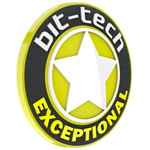

MSI MPG Velox 100R Chassis Review
October 14 2021 | 15:04

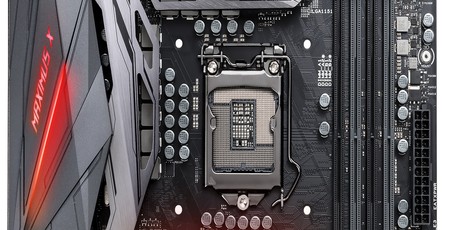
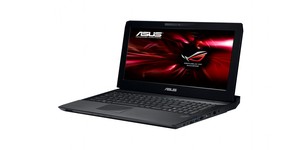
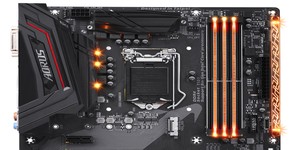
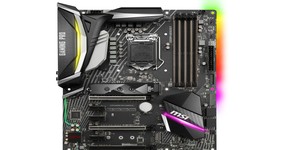




Want to comment? Please log in.